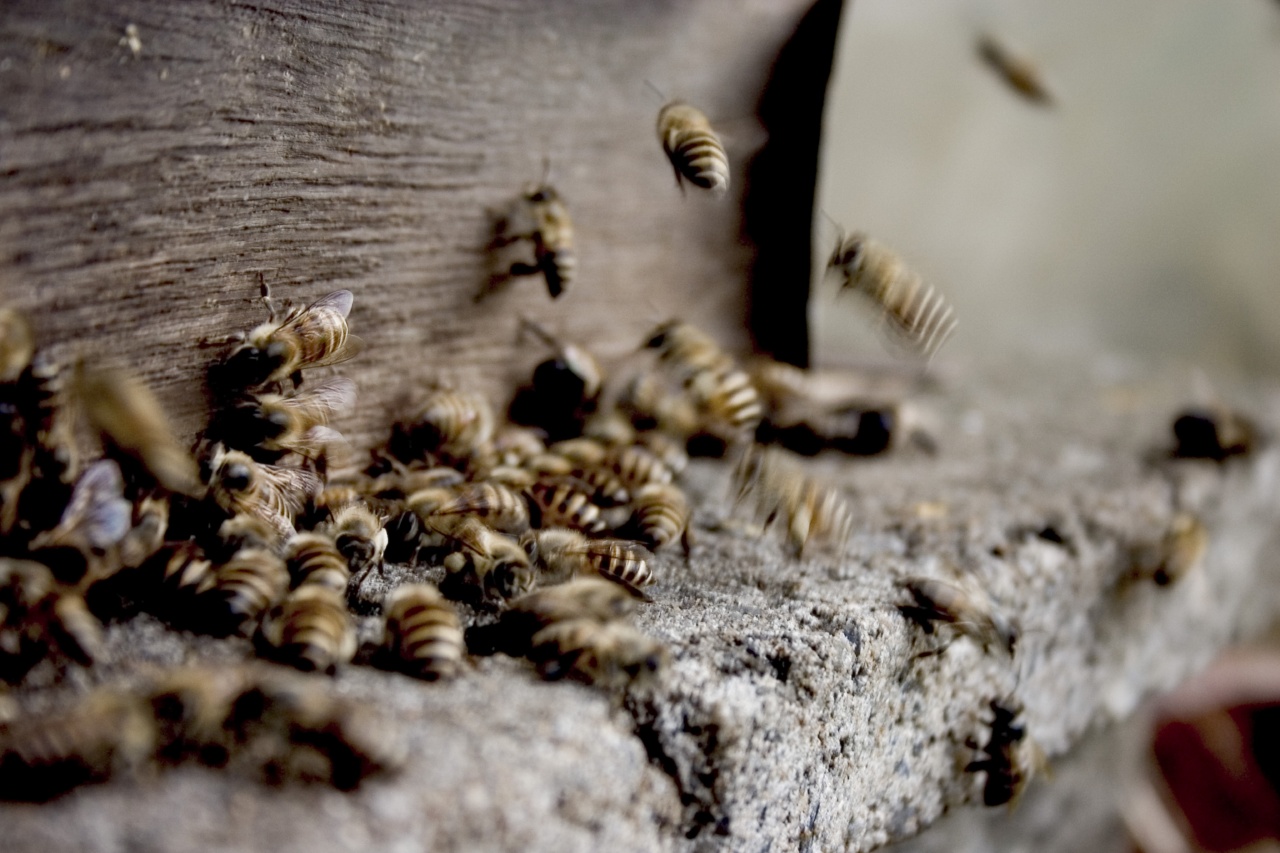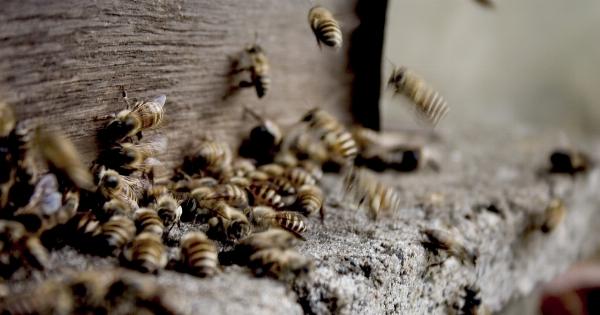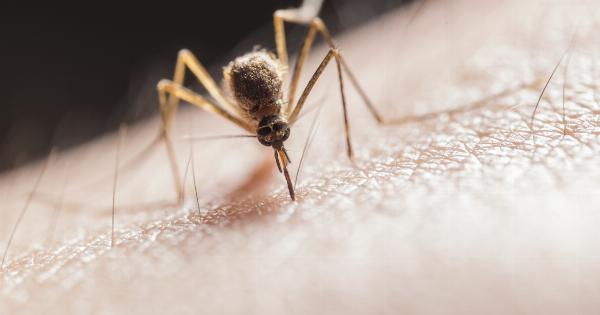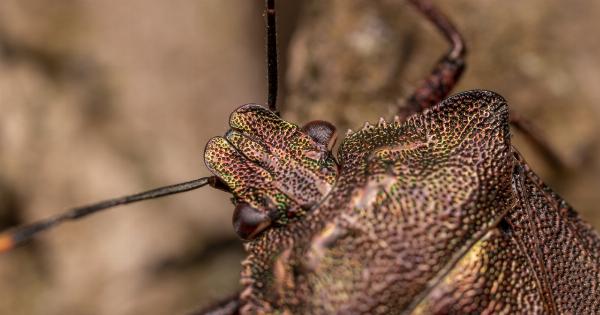Wasp and bee stings can be painful and cause discomfort. It is important to know how to properly treat these stings to alleviate pain and reduce the risk of further complications. This article provides simple tips for soothing a wasp or bee sting.
1. Remove the Stinger
When stung by a bee, the first step is to remove the stinger as quickly as possible. Use your fingernail or a credit card to scrape it off the skin. Avoid squeezing the stinger or using tweezers, as this could inject more venom into the wound.
2. Wash the Area
After removing the stinger, clean the area with mild soap and water. This helps prevent infection and keeps the sting site clean.
3. Apply Cold Compress
Take a clean cloth or ice pack and apply it to the affected area. Cold compresses can help reduce pain, swelling, and inflammation associated with wasp or bee stings. Keep the compress in place for about 10 to 15 minutes.
4. Use Over-the-Counter Remedies
Over-the-counter creams, ointments, or gels containing ingredients like hydrocortisone, lidocaine, or calamine can help relieve itching and reduce inflammation. Apply these products to the sting site as directed.
5. Take Oral Antihistamines
If you experience significant itching or allergic reactions to wasp or bee stings, consider taking oral antihistamines. These medications help reduce itching, swelling, and other allergic symptoms.
Consult a healthcare professional for appropriate dosage and recommendations.
6. Try Natural Remedies
Several home remedies can provide relief from wasp or bee stings. Applying a paste made of baking soda and water to the sting area can help neutralize the venom and reduce pain.
Honey, aloe vera gel, and witch hazel are also known for their soothing properties. However, it’s important to note that natural remedies may not work for everyone and their effectiveness can vary.
7. Avoid Scratching the Sting Area
Resist the urge to scratch the sting area, as it can worsen itching and increase the risk of infection. Scratching can also cause the venom to spread, leading to a larger area of swelling and discomfort.
8. Elevate the Affected Area
If the wasp or bee sting is on a limb, elevate it to reduce swelling. This can be done by propping up the affected arm or leg with a pillow or cushion. Elevating the area helps promote proper blood circulation and reduce fluid buildup.
9. Monitor for Signs of Allergic Reaction
While most wasp and bee stings cause only mild reactions, some individuals may experience severe allergic reactions. Watch out for symptoms such as difficulty breathing, rapid heartbeat, dizziness, or swelling in the face, lips, or throat.
If you or someone you know exhibits these symptoms, seek immediate medical attention.
10. Prevent Future Stings
To avoid future wasp or bee stings, take some precautionary measures. Keep food and drinks covered when outdoors, avoid wearing bright or floral clothing, and refrain from wearing heavy perfumes.
Also, regularly inspect your surroundings for nests or hives and take appropriate actions to remove them safely.






























